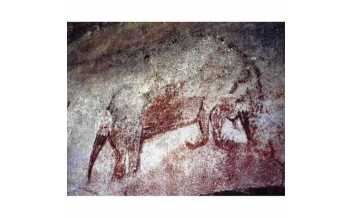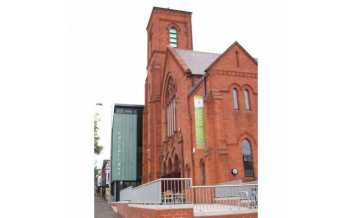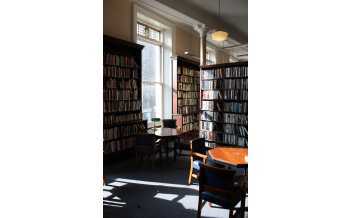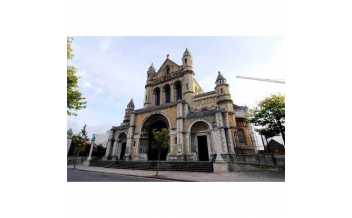« Belfast is a city which, while not forgetting its past, is living comfortably with its present and looking forward to its future » - James Nesbitt
It’s safe to say that nowhere else in Europe has had a glow-up quite like Belfast over the last 50 years. There’s a reason why Belfast was voted the best place to visit in 2018 by Lonely Planet. This city once riddled with political fighting and open warfare is now a fantastic mishmash of urban life and beautiful scenery. No visitor leaves Belfast without going to the Titanic Museum, where you can see how the ill-fated ship was built as well as some of the artefacts that have been retrieved since it sank. Belfast also has a thriving arts scene, and every year in May the Cathedral Quarter brings music, art, poetry and street theatre to the neighbourhood. There aren’t many people who love a drink more than the Northern Irish, so make sure you go to some of the city’s bustling pubs to try the local craft beer. And of course, the Giant’s Causeway which is only an hour’s drive away from the city is a must-visit. Although legend has it that this incredible natural wonder was built by an Irish giant who was challenged to a fight by a Scottish giant, it’s probably more likely that it was caused by an ancient volcanic eruption. Whichever you believe, you’ll be able to walk through some of the scenes where Game of Thrones was filmed.
Activities
-
-
-
-
-
Crescent Arts Centre, Belfast
The Crescent Arts Centre has been a valuable cross-community arts space since...
-
Cultúrlann McAdam Ó Fiaich, Belfast
This cultural centre is dedicated to promoting Irish language art and culture...
-
Golden Thread Gallery, Belfast
Golden Thread Gallery, founded in 1998, is a welcoming gallery, exhibiting...
-
HMS Caroline (1914), Belfast
The HMS Caroline is over 100 years old and is the last surviving ship to have...
-
Irish Republican History Museum, Belfast
With over 5000 artefacts, Eileen Hickey has collected over 200 years of Irish...
-
-
Metropolitan Arts Centre, Belfast
This young exhibition space has only been part of Belfast since 2012....
-
Northern Ireland War Memorial Museum, Belfast
Built in 1963 as a reminder of how the province was affected by the Second...
-
-
St Anne's Cathedral, Belfast
This 20th-century Anglican cathedral was designed by Belfast architects Sir...
-
Titanic Belfast, Belfast
This is where the Titanic, which hit an iceberg and sank during her maiden...
-
Titanic Memorial, Belfast
This marble memorial has stood in Belfast for 100 years. Along with its...





















